Alchi: The Living Heritage of Ladakh: 1000 Years of Buddhist Art
The Monasteries of Ladakh have been sanctuaries of Buddhist learning as well as repositories of Buddhist arts and artifacts, both imported and indigenously created. In ancient times when Kashmir was the Buddhist land, Buddhism reached Ladakh and, ever since Buddhism continues uninterruptedly there even after its disappearance from Kashmir and the setbacks it suffered in Tibet, the two main regions of Buddhist knowledge and arts in the Himalayas. The existing Monasteries of Ladakh fortunately posses hundreds of Buddhist artifacts from Kashmir and Tibet. The colossal Bamiyan Buddha may be the last specimen in Afghanistan! However, this is not the case in India. Half a dozen colossal figures of rock-cut Maitreya Buddha of 30 to 36 feet are standing high in the open air space of Kargil area of Ladakh. The three giant images of Avlokiteshvara, Maitreya and Manjushri adorn the great Monastery of Alchi, which belong to the same architectural tradition of Gandhara Art of ninth to eleventh centuries. Unlike Central Asian artifacts and manuscripts which we see displayed only in different museums, Buddhist paintings, sculptures-making and ritual services which had been practiced in Kashmir, are seen as living tradition in Ladakh. The Sadhana of Mahavairochana as well as other form of Yoga practices can still be seen being performed at different hermitages spread over vast barren land of Ladakh, and hence this region in now widely known as "The Hermit Kingdom". Another aspect of this exhibition on Alchi Murals under the title "Alchi : The Living Heritage of Ladakh" justifies the case that Buddhism never disappeared from India, as some historians have been claiming about the Buddhist history of India. Also, the idea of presenting and documenting Alchi Murals struck the author after hearing a story of the visit of a foreigner at the Hemis Monastery, Leh, who had photographs of fresco-paintings of the monastery taken by him a few decades back. When he enquired about those paintings, the Lamas there informed that the old structure enshrining those paintings had been dismantled and replaced by the new impressive building. Holding those photographs in hand, the visitor wept bitterly and left the monastery quietly. This documentation of Alchi Murals was felt essential and therefore the exhibition accompanies this catalogue. Although the earlier works of Roger Goepper and Pratapaditya Pal are commendable, they covered fewer images of Sumtsek Murals. The present catalogue and its abridged version in a booklet deals with as many as one hundred and fifty images taken both from Sumtsek and Dukhang. The Central Institute of Buddhist Studies, Leh intends to undertake the documentation of entire Alchi Murals enshrined at six different shrines within the Alchi complex. Two larger contemporary complexes, Nyerma near Leh town and Sumdha across the mountain of Alchi, have already been reduced to rubble and there are no signs of the type of arts that had existed there. The authors effort is to avoid such uncomfortable situation and in bringing to light this Catalogue on Alchi would help art lovers appreciate Alchi Murals for a long time to come, these being one of the last living specimens of ancient paintings in much variegated forms in India.
BECOME A MEMBER

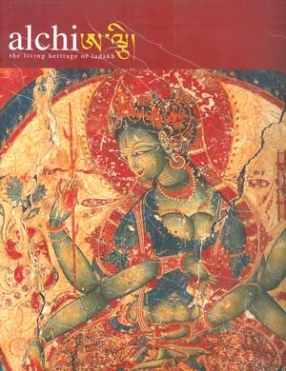
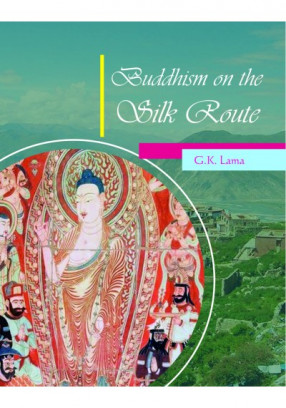
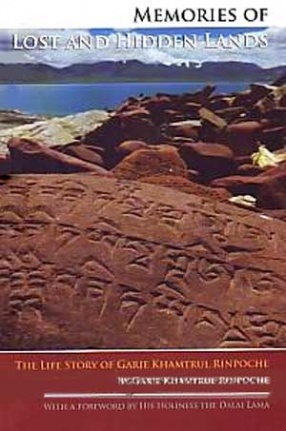
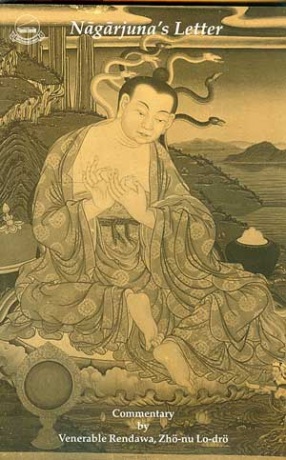
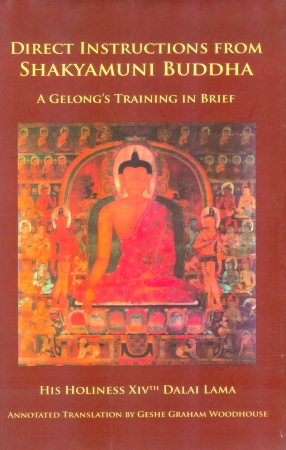

Bibliographic information